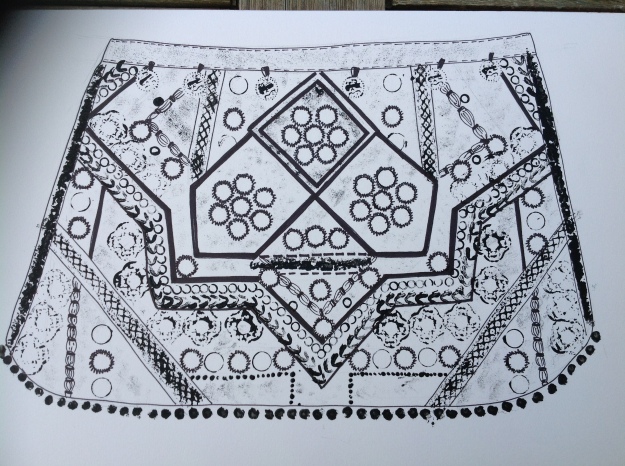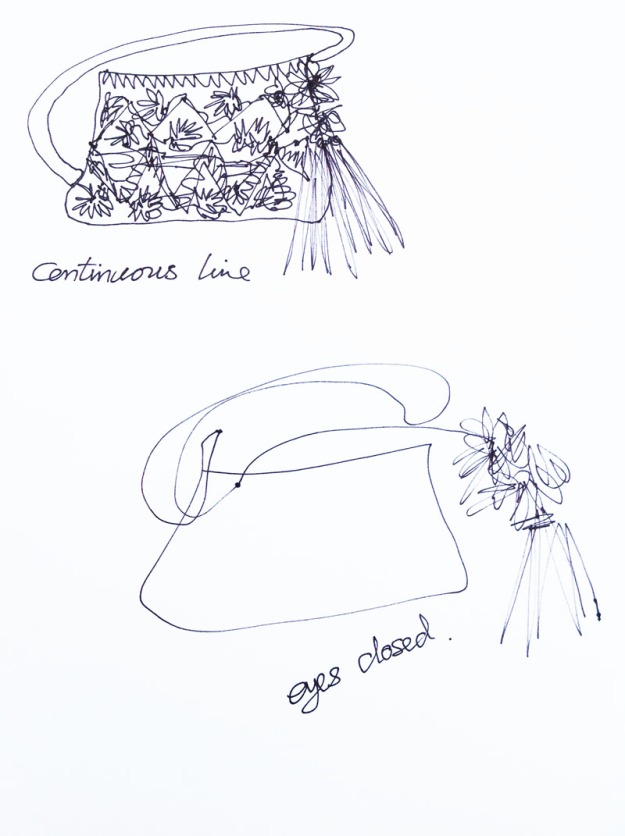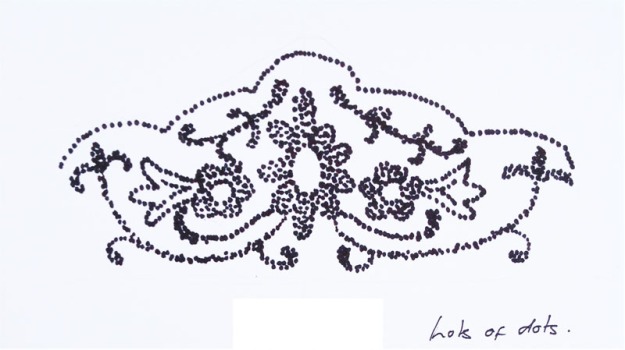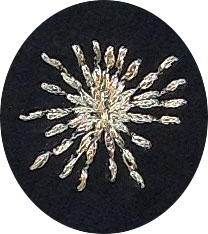RESEARCH POINT 2
Jane Askey
Contemporary still life artist influenced by the decorative objects she sees on her travels. Jane’s background is in textile design and this shows through in her fresh use of colour and detailed decoration. She uses mixed media and gouache. The floral theme which is dominant and recurring in Jane’s paintings flow in much the same way as a collage does, through all of the fabric, paper and objects carefully placed together these begin to tell a story and give a sense of time and place.
Inspired by Jane Askey’s art has lead me to reflect closely on my own choice of colour and placement and how this informs the very narrative of my work.
I have chosen five of Jane’s paintings as examples below. The first one ‘Pink flowers and Polka Dots’ is my favorite. The aqua colours as a background to the bright pink flowers give me a sense of a beautiful warm spring day, the flowers are placed casually in different vases onto the table and the sketch lines are fluid and relaxed, I can imagine sitting at this table drinking a glass wine and the bees buzzing away in the background.
I wanted to gain a closer insight into the colour pallet that Jane Askey’s has worked with on the below paintings. The colours have been pulled from the various areas of her artwork by using the dropper tool in ‘Photoshop CS.’ They are not perfect match colours as there are many variations within each colour when using this method, but they are enough to help me analyse and see how colour has been used. This method of analysis helps me incredibly within my work.

I always seem to be adding black line to my artwork and this can look harsh when I want my drawing to have a delicacy and flow of the pencil line. I now see that by analysing Jane’s painting below ‘Pink flowers and polka dots’ that the pencil line can be very effective when drawn with soft colour of line.

Tord Boontje
Tord boontje is originally from the Netherlands. He is also professor and head of design products at the royal college of art.
“I am interested in creating elements for everyday life that are exciting and uplifting to live with” (Tord Booontje)
Tord’s designs are not only one off pieces which can be found in major museum collections around the world he also designs products for the mass market, beautiful household pieces such as tableware,lighting, furniture,fashion, jewelry and accessories. which can be found in his online shop http://www.shoptordboontje.com
I find Tord Boontje’s work a ‘Fairy tail’ each piece is absolutely enchanting and it draws me in to a wonderful world of fantasy, I am either in a enchanted forest, winter wonderland or a sunny meadow. His designs using leaves, flowers and animals are so intricate, delicate and detailed, yet each shape when studied individually is actually quite simple in form, once each element is placed together and intertwined the story begins.There is a almost a ‘Folk Art’ story telling feel to each piece he designs a example of this is in his ‘Table Stories’ range of tableware.
“Table Stories is an extensive collection of porcelain and glass tableware filled with drawings of flowers, deer, squirrel, birds, bear, butterflies, horses, bunnies and a peacock. The animals and flowers seem to merge and to grow out of each other. Some of the elements are hidden inside the patterns. Over time you can discover new elements while eating” (Tord Boontje)
I have pulled out a few images of Tords Boontje’s work, concentrating on the floral and leaf aspect of his designs. Not only do these pieces speak to me, I also feel by studying there shape and form this will help me in the development of my own future work.
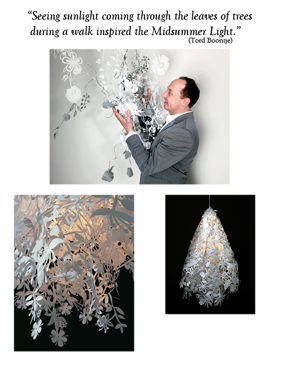



Erdem Moralioglu
Erdem is a ready to wear label that portrays a very powerful essence of femininity,it was established in London 2005 by Erdem Moralioglu who trained at the Royal College of art. Not only does Erdem Moralioglu have his own flagship store in London’s Mayfair he also has an online e-commerce store.
The collection that I have found myself most enthralled by is his Pre-Spring 2017 collection. This collection was born out of a visit to Japan. The 1930s style is an era I particularly like. Erdem’s East meets West cross cultural feel is challenging on the eye and mind. flouncy floral maxi dresses sit along side military jackets and coats, these military pieces being embellished with flowers and jewels. ‘Make Love not war’ styling.
There are four particular aspects of this range that inspire me. 1;The bold floral embroideries and prints of blossoms and large blooms, there strong whites and blues against the backgrounds they sit onto.
2; The tiny jewel details that embellish the collars and pockets adding femininity to what otherwise would be a masculine look.
3, The embroidery of tiny flowers and blossom onto leather. and number.
4; The repeat swirls of the daisy chain prints.

EXERCISE 1.7 Sources and Media
COLLECTING FLOWERS & LEAVES.
It all began with a walk in the woods after researching Tord boontje and being influenced by his description of how he came to design ‘Mid summer Light’

Midsummer Light.
http://shop.tordboontje.com
“Seeing sunlight coming through the leaves of trees during a walk inspired the Midsummer Light” ( Tord Boontje)
So I began also with a walk through the trees at a local Chateaux near to where I live. ‘Chateaux Beaulon’ Which has beautiful grounds and was perfect for my collecting of leaves
COLLECTING FLOWERS
DECIDING ON THE MEDIA
The media I have decided to use for this exercise is acrylic paint, watercolour paints and collage. I have also decided to experiment with digital Ipad art using the app ‘Procreate’.
I have chosen two colour palettes that I wish to work with:
Spring Summer
.
Autumn Winter
I also collected many pieces of fabrics and papers concentrating on the Spring/Summer colour palette for use in my collage.
Reflecting back to drawing my archive textiles and after constructive feedback from my tutor I have chosen four pieces from my initial mark making/drawings which I feel that I would like to explore further and will include in my ten drawing at the completion of this project. These I have chosen for their depth of texture even though they were produced using simple mark making I feel they were very effective.
Hazelnut leaves with Gouache 
Diagonal zigzags with depth and layers 
Starburst using cotton buds 
Collage 
RESEARCH POINT 3
David Hockney.
I found the digitally produced artwork of David Hockney’s the most interesting, his earlier works do not really appeal to me, however once I came to his digital artwork of Yosemite Park in America, and he drawing of Yorkshire these began to interest me. I found them vibrant and exciting to view. His Ipad artwork has introduced me to a whole new world of drawing and painting and having now downloaded the app ‘Procreat’ onto my own Ipad I am now converted if not a little bit addicted. I am not allowed to post any of Mr. Hockney’ images onto my log due to copyright. however you can see his work at http://www.hockneypictures.com
My attempt at Digital art
EXERCISE 1.8 Portraying by Drawing
For this project I have chosen to be experimental with mark making, choosing a lighter, less heavy approach that I have used previously.
- I decided on two colour palettes to keep me focused, Spring/summer for the flowers and Autumn/winter for the leaves.
- I looked to use and experiment with a wider variety of delicate paper and colour.
- I have chosen two types of paint, acrylic and watercolour. Acrylics are good for stamping and achieving texture and watercolour are best to achieve a more delicate translucent appearance.
- I have tried very hard to keep ‘black line’ to a minimum and looked to a softer and more delicate appearance.
- I began to use digital art for the first time using the app ‘procreate’.
CONSOLIDATING MY FOLIO OF DRAWINGS
Laying out my work from the whole of Part One I have now chosen my ten pieces of work which I feel represent my journey through this project and are the strongest pieces which I would like to progress further with.




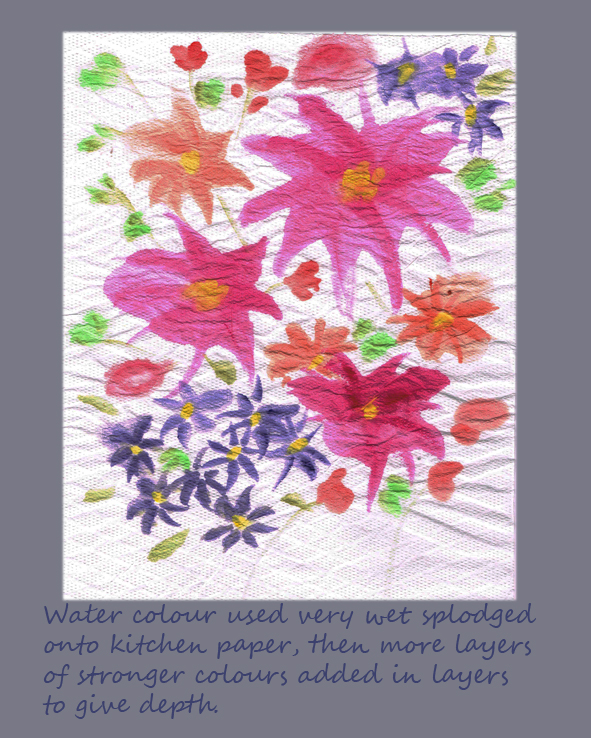


Collage, ripped paper and ribbon.



WRITTEN REFLECTION
I initially chose my archive pieces because they all link together well visually, their connection being that they are all embellished pieces with each item being a mixture of bead work and applique, delicate and soft in look yet mixed with a harsh and scratchy feel which comes from the lurex thread and sharp edges of the glass beads in complete contrast against the soft silk base of each archive piece. I felt this gave me a lot of scope for experimentation with mark making.
During mark making 1.3 I tried to portray the weight and texture of each item by various experimental mark making techniques. Out of the three pieces that I produced for 1.6 the ones I felt the most exciting to be were the quickest to produce, for example a cotton bud dipped into acrylic paint pressed down onto paper achieved the detailed embroidery stitch of a star like flower. I am very happy with this result.
During exercise 1.4 I began to explore the shape and form of my archive and I began to relax my approach towards drawing. Exercise 1.5, collage and creases, I found quite challenging, I spent a long time on my collage and it seemed a slow process but with the progression of the layers it started to take on a 3D appearance, and all of the tiny bits of paper which I had painstakingly ripped up became worthwhile.
Once I began project 3, picking and portraying, I feel my work begins to take on a rapid progression. Having researched the nine artists work in reference point 2, I chose three artists that I felt helped greatly in my choices of how to tackle this project. All of the artists made think about adding a lightness and prettiness to my work and to look more in depth at shape and form without using the harshness of black pen lines to define the piece. Also it helped me to evaluate shape, form and colour. Jane Askey influenced me on my choise of colour and how colour sits together. Tord Boontje, on simple pretty shape and form and Erdem, on bold yet very pretty florals.
This research has inspired me greatly in my approach to project 3. As I am a designer and not a fine artist by nature I have always worried that my abilities with perspective and technique has let me down. I am now beginning to realise that a personal interpretation, flow and colour are equally as important and I am starting to relax a little on my journey to finding my personal voice.
David Hockney and Katie Sollohub introduced me to digital drawing on the Ipad, and this has opened up a whole new and exciting avenue for me. My ‘drawing a day’ has begun and already I have began to notice a progression in my style. I also now use this method for notes and scribbled ideas.














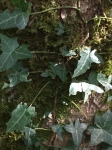
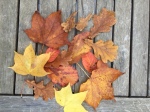

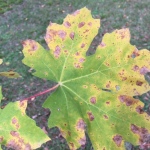
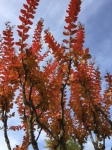




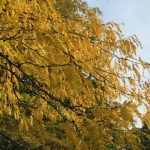

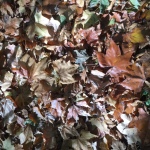
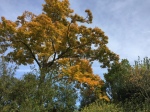





































 This is my first mark making drawing of ‘The Bag’ I wanted to capture its dumpy, plonked down on the table appearance along with capturing its well loved and worn texture. It was a quick sketch and quite scribbly made with using just a simple graphite 3b pencil onto 160grm white paper.
This is my first mark making drawing of ‘The Bag’ I wanted to capture its dumpy, plonked down on the table appearance along with capturing its well loved and worn texture. It was a quick sketch and quite scribbly made with using just a simple graphite 3b pencil onto 160grm white paper.

